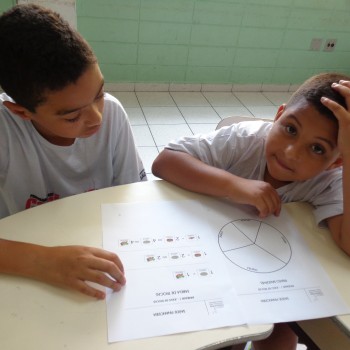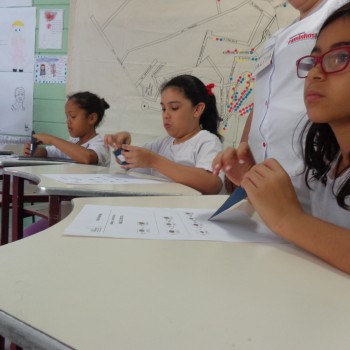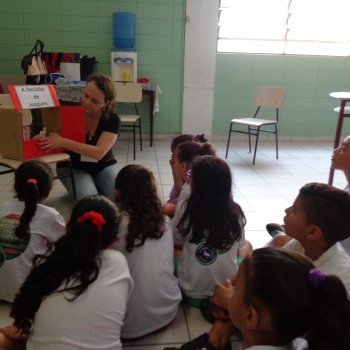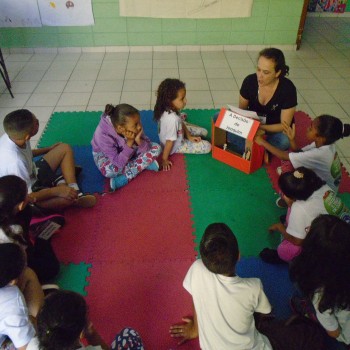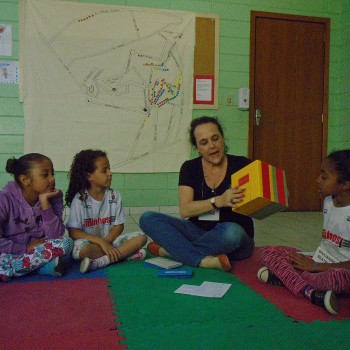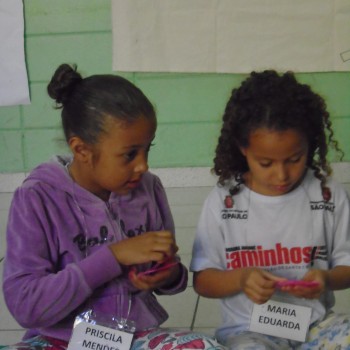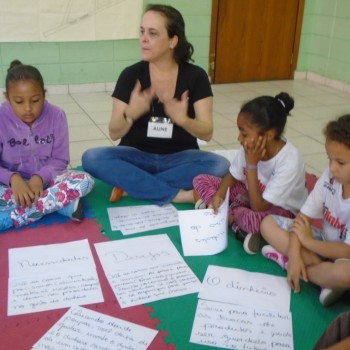Children and adolescents of socially vulnerable and low-income families are subject to the effects of growing up in an environment of scarcity in various areas: Lack of financial, nutritional and educational resources, as well as absence of parents.
In addition, their physical and emotional development often occurs in a stressful environment, in which ongoing adult concern with a lack of money compromises their capacity to make the better decisions.
Consequently, we believe that introducing financial education concepts at this age promotes changes in the perception of the most appropriate use of money, which, on the other hand, will promote the financial health of individuals and their families. By gaining new knowledge on financial matters, children will influence the decisions of their families and become agents of change of the reality in which they live.
Aimed at two age groups, the project is composed of two cycles:
- Learning to manage and enjoy my money – for 7-to-9-year-old children;
- Planning and controlling the use of money – for 10-to-12-year-old children.
The project started in 2016 and is mainly aimed at providing guidance to children on how to deal with money in a healthy way and create opportunities for thinking about its use and the importance of saving and planning.
The objective of the project is to teach basic concepts and notions of how to deal with money in a way that encourages conscientious and sustainable consumption and better use of available financial resources. In addition, day-to-day situations are presented and analyzed by means of fun activities, creating healthy habits related to the use of money, consumption and sustainability.
